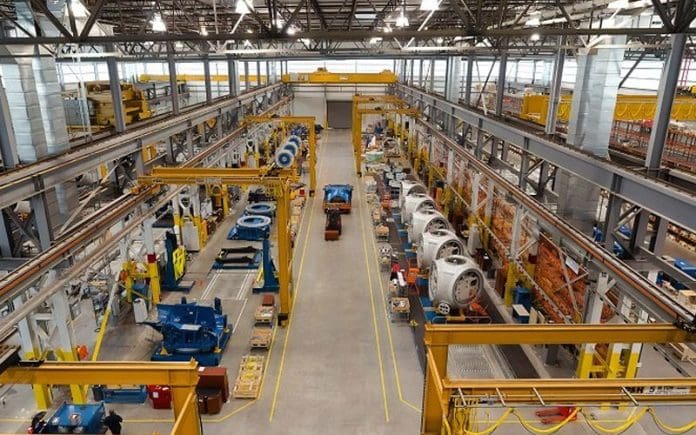In recent years, the integration of artificial intelligence (AI) into manufacturing processes has led to a significant transformation in the way factories operate. Automation, driven by AI technologies, is replacing certain human tasks, streamlining production, and enhancing efficiency. This column explores the impact of AI on factory operations and the evolving role of humans in this changing landscape.
- Increased Efficiency and Precision:
One of the primary reasons for the adoption of AI in manufacturing is the potential for increased efficiency and precision. AI-powered machines can perform repetitive and mundane tasks with unparalleled accuracy and speed. This not only reduces the margin of error but also allows for continuous, uninterrupted production, ultimately leading to higher productivity levels.
- Automation of Repetitive Tasks:
Many manufacturing processes involve repetitive tasks that are time-consuming and monotonous for human workers. AI-driven robotic systems are designed to handle these tasks, freeing up human workers to focus on more complex and strategic aspects of production. This not only enhances the overall efficiency of the manufacturing process but also reduces the likelihood of human error.
- Quality Control and Predictive Maintenance:
AI is playing a crucial role in ensuring product quality through advanced quality control systems. Machine learning algorithms can analyze data in real-time, identifying defects or deviations from quality standards. Additionally, AI enables predictive maintenance, allowing machines to anticipate potential issues and schedule maintenance before a breakdown occurs, minimizing downtime and optimizing production schedules.
- Adaptability and Flexibility:
One of the key advantages of AI in manufacturing is its adaptability to different tasks and processes. Unlike humans, AI systems can quickly adapt to changes in production requirements, making it easier for factories to switch between products or adjust production volumes. This level of flexibility is essential in today’s fast-paced and dynamic manufacturing environment.
- Collaboration Between Humans and AI:
While AI is automating certain tasks, it is important to highlight that the role of humans in manufacturing is not diminishing; rather, it is evolving. The future of manufacturing lies in a collaborative relationship between humans and AI. Human workers are increasingly becoming operators, supervisors, and technicians overseeing AI systems, ensuring they operate smoothly and stepping in for more complex decision-making processes.
- Skill Shift and Training:
As the nature of work in factories changes, there is a growing need for upskilling the workforce. Training programs are crucial to equip workers with the skills required to operate and manage AI-driven systems. This shift in skill requirements opens up opportunities for workers to engage in more intellectually challenging and creative tasks.
Conclusion:
The integration of AI into manufacturing processes marks a paradigm shift in how factories operate. While AI is replacing humans in certain repetitive tasks, it is also creating new opportunities for collaboration and skill development. The future of manufacturing lies in a harmonious coexistence between human workers and AI systems, where each contributes its unique strengths to create a more efficient and innovative production environment.






